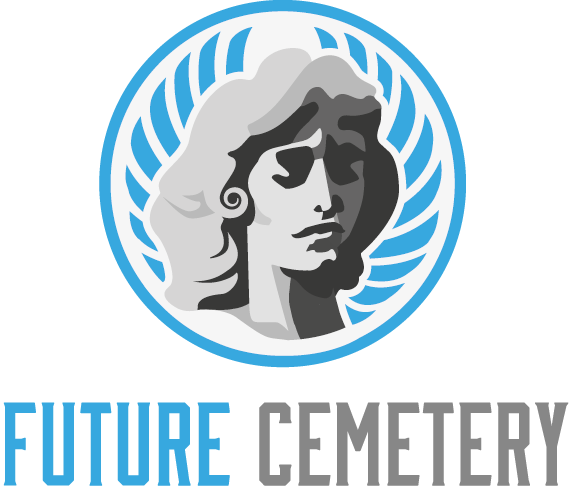Cemetery Design involves the planning of a space that will be visited often by people who are mourning. It needs to be functional, beautiful and welcoming.
Circulation is an important element of architectural design, determining how you move through the space. It also impacts ambiance.
There’s been a shift towards personalization within cemeteries, reflecting a cultural movement towards individuality and unique memorials.
Master Plan
A well-thought out cemetery master plan is the foundation for a successful development project. This allows for cohesive planning, optimizing land utilization and ensuring that the cemetery’s operations are coordinated.
Taking full advantage of unique site attributes such as a water feature, wooded hillside or high point is a crucial part of any cemetery design process. Achieving these natural elements adds distinction to the cemetery and creates a sense of place that is often lacking in modern developments.
As the industry trends toward cremation burials, many cemeteries are rethinking their interment options. Whether it is designing a re-imagined columbarium system, converting burial grounds to natural burial sites or creating a space efficient modular grave system, the design of these new options reflects an evolving cultural shift toward minimalism and environmental sustainability. As a result, the cemetery designs are becoming more attractive and relevant to today’s families.
Landscape and Architecture
The landscape and architecture of a cemetery reflect the prevailing beliefs and values of a time. Ancient tombs and elaborate burial mounds reflected respect for the dead and belief in an afterlife, while modernism pushed for functionality and simplicity. Today’s shift towards environmental awareness has resulted in many cemeteries offering green burial and memorial parks that reduce landfill space and return corpses to the soil in a natural state.
A well-designed landscape and architecture is essential for a cemetery to function properly. The land layout should take into account traffic flow, drainage and accessibility. Additionally, directional signage must be designed to orient visitors throughout the property.
Modern cemetery design is evolving away from a solemn, isolated space to a community hub. Many cemeteries now offer walking paths, meditation gardens and event spaces to encourage regular visits and foster a sense of connection. Lastly, the use of native plantings and materials in the landscape helps to create a natural and environmentally friendly space.
Signage
Regardless of the size, shape or materials used, cemetery signs should be clear and easy to read. They are essential for making sure visitors can find their way around the property.
A headstone, also known as a tombstone or grave marker, is a memorial that sits erect at the top of a burial plot and lists the deceased’s name, birth date, death date and inscription or engraved image. In addition, family headstones can be used to commemorate multiple members buried in adjacent plots.
Ledger markers cover the entire grave site and provide a larger surface area for inscriptions and can be personalized with religious symbols or even photographs. Columbarium walls are a space-efficient alternative to traditional burials and can contain either urns or cremains. In recent decades, modern innovations in cemetery design reflect a shift towards sustainability and eco-consciousness. This has led to the development of green cemeteries that reduce environmental impact and promote a return to nature.
Grading and Drainage
The grading and drainage of a cemetery is an important aspect because it ensures a well-functioning space that does not experience flooding or leakage issues. It also helps in providing a unified look to the entire site and reduces maintenance costs in the long run. The grading design must be done in a way that one predominant slope exists throughout the cemetery.
Circulation is a vital aspect of architectural design as it affects the way in which users move around and interact with a space. A properly designed circulation plan maximizes space efficiency and creates a positive impact on the visitor’s psychological state.
Mourners often leave flowers on columbarium walls, and a design that is able to accommodate this need is essential. Newer designs incorporate a clip beside each plaque where mourners can place a small posy of flowers without damaging the monument or creating a maintenance issue. This allows mourners to remember their loved ones in a special and meaningful way that does not interfere with the visitation experience or draw attention away from other monuments.
